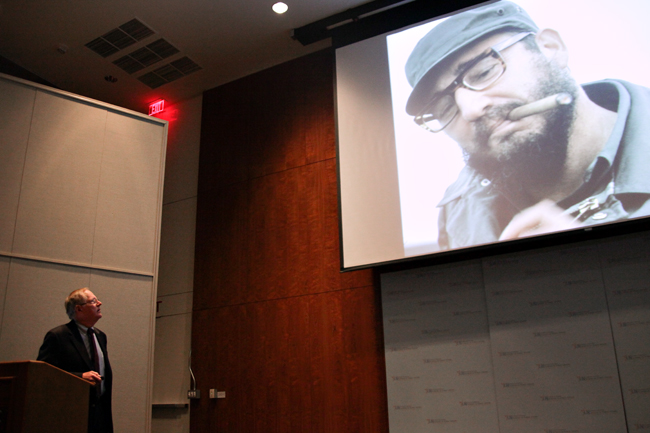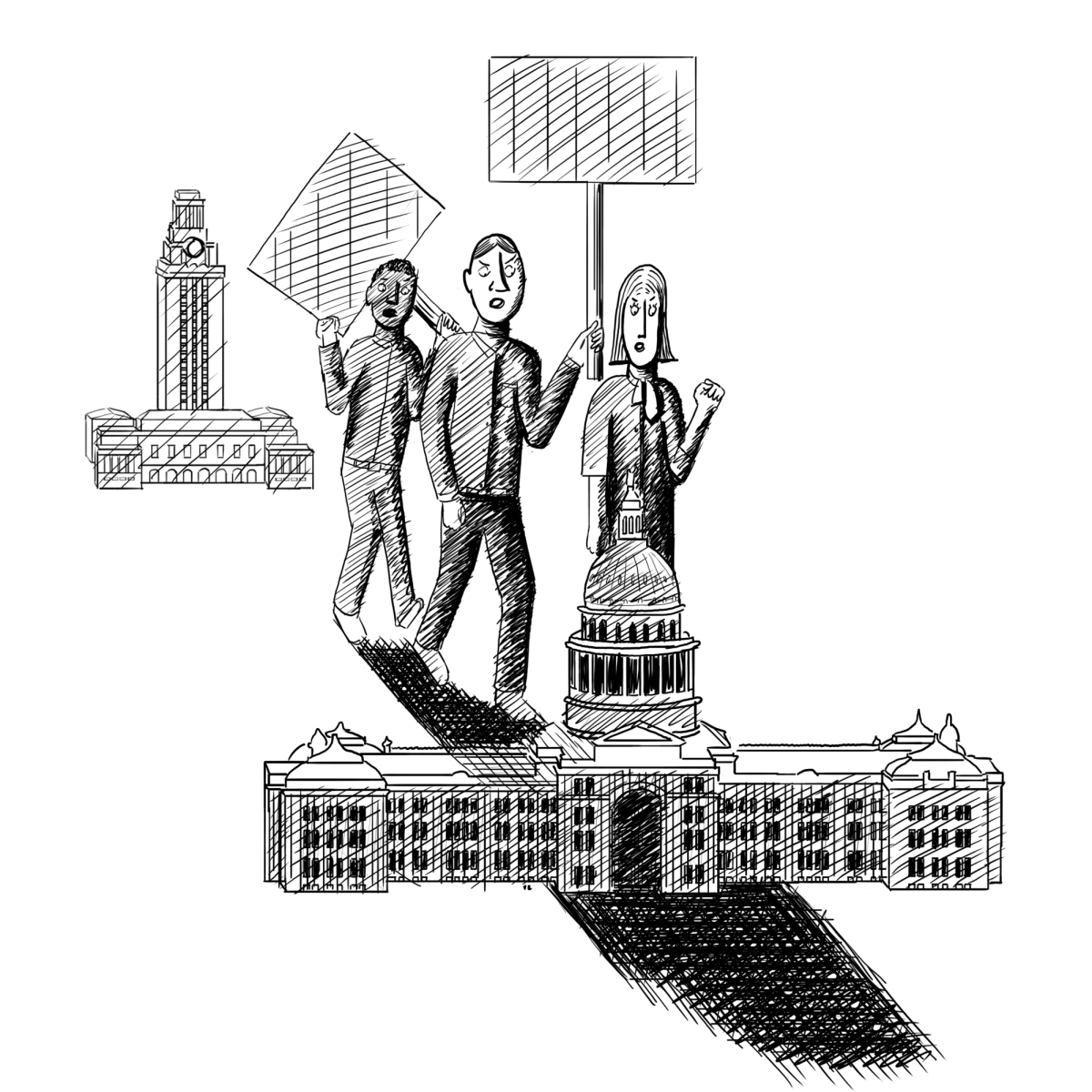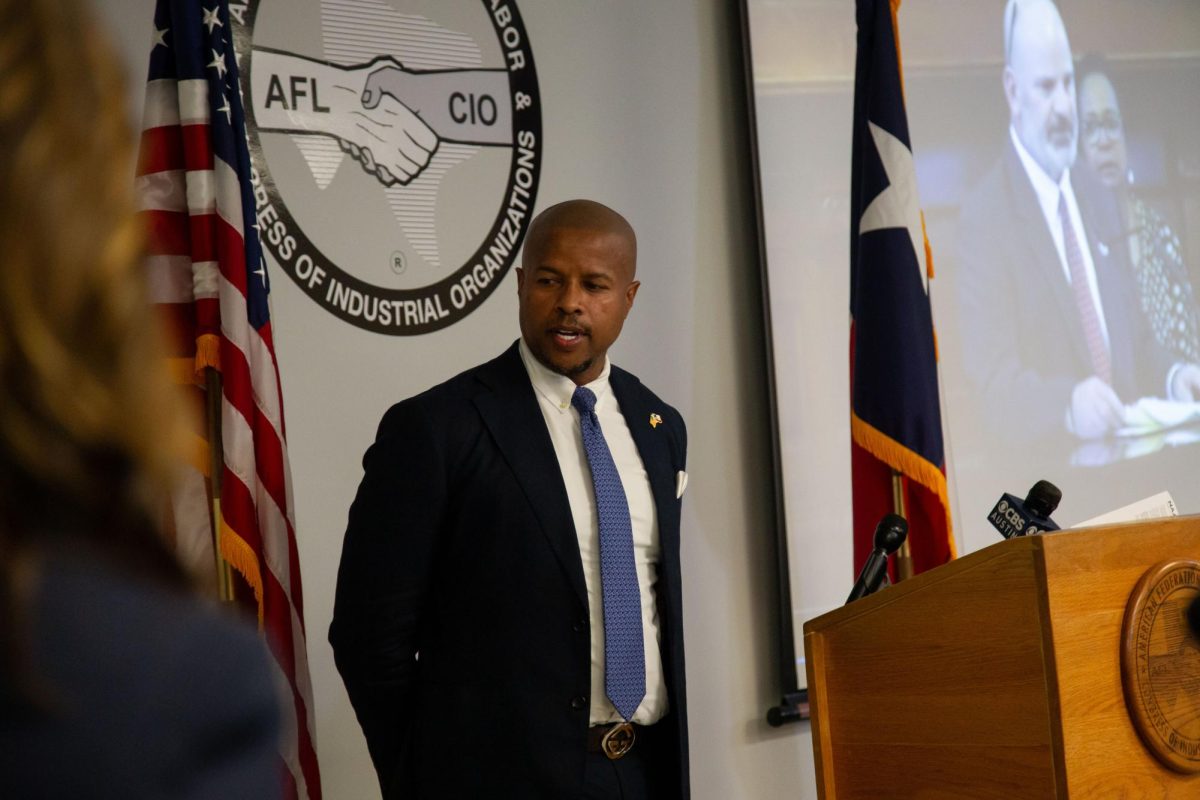Photojournalist Dennis Brack once spent an entire afternoon sanding holes into flowerpots before one of President Ronald Reagan’s state dinners — just to get the perfect shot.
Brack, who appeared at the University’s Dolph Briscoe Center for American History on Tuesday to present an exhibition of his work, said each president he worked with related differently to the press, which in turn affected Brack’s approach to his work.
Brack has worked for Time, Newsweek, Lifetime and The Washington Post, covered ten presidential administrations and was honored with the White House News Photographers Association’s lifetime achievement award in 2012. He chose to donate his photographic archive to the Briscoe Center in May 2012.
Don Carleton, executive director of the center, said he tries to host exhibits featuring photojournalists whose work the center has acquired.
“There are so many iconic pictures that we all remember, so we try to bring more attention to the people who brought us those pictures,” Carleton said.
Brack’s talk gave an insider’s perspective to some of those iconic portraits.
He recalled one of his best days in the White House as July 4, 1976, during which President Ford had photojournalists bring gin and tonic, then ensured they could stay with him long enough to get just the right shot with fireworks in the background.
Brack also reminisced on President Carter: Although Carter initially had an amicable relationship with the media, Brack said the exact moment Carter turned on the press was the first day of his presidency, when Carter slipped on a spot of ice while leaving the White House. The shot dominated newspapers the next day, which Brack said soured Carter’s opinion of the press.
“We’re not going to live forever,” Brack said. “Photographers are visual historians. We’re the first people who have to be there, so we’re very interested in preserving our life’s work.”
Brack described photojournalists as foot soldiers of history, some of the only people who really have to be present when a major event occurs in order to document it.
Eli Reed, veteran photojournalist and journalism clinical professor, said photography brings extra depth to news stories.
“The journalists know the difference between what’s [supposed to be happening] and what’s reality,” Reed said. “Photojournalists capture the subtleties of what’s going on.”




















